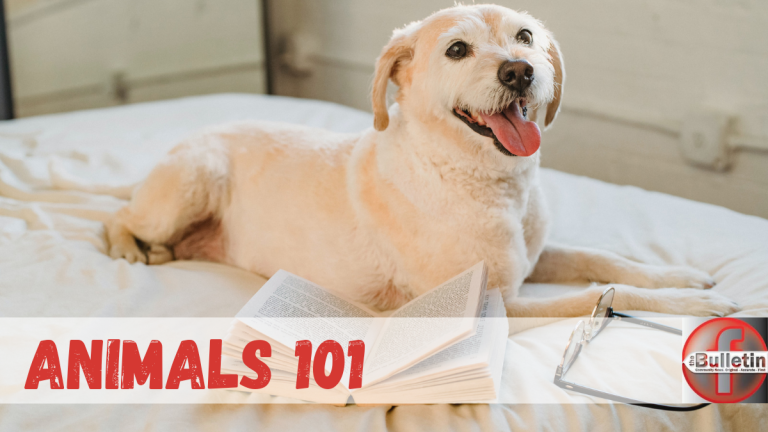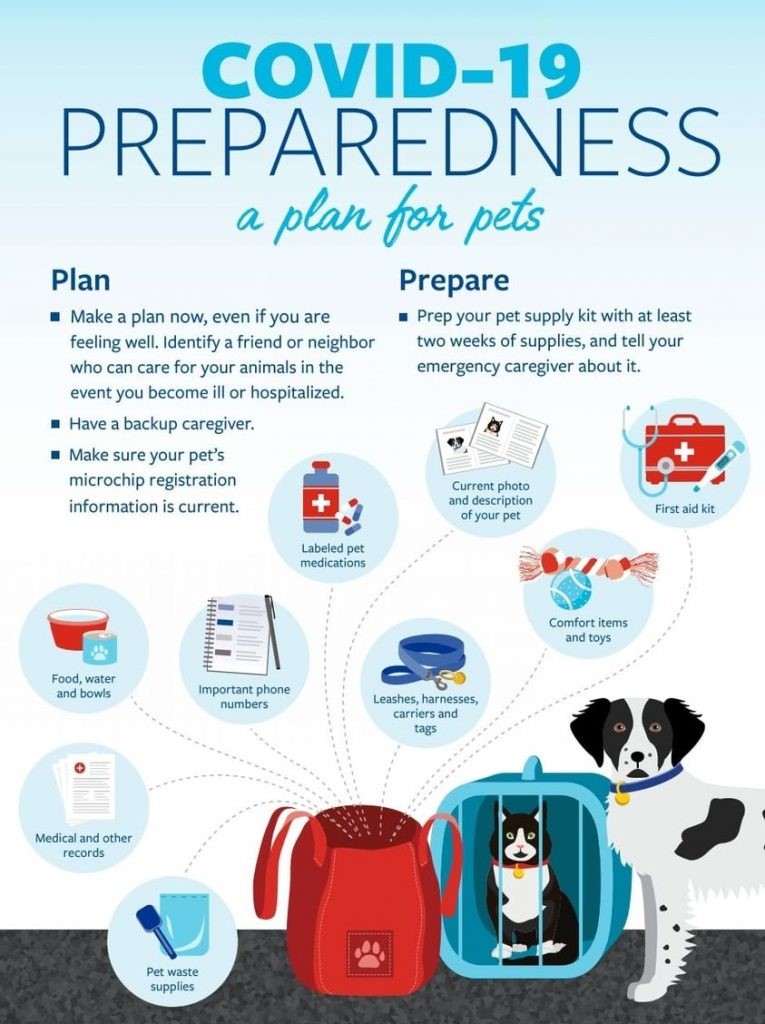
ENSURING THE SAFETY AND WELL-BEING OF OUR FURRY FAMILY IN CASE OF AN EMERGENCY!
A pet emergency plan is crucial for safeguarding your pets in unforeseen events and ensuring their safety, well-being, and survival. It facilitates a quick and efficient response to emergencies, guiding you in gathering essentials, securing pets, and evacuating. Including proper identification in the plan, like collars with tags and microchips, increases the chances of reuniting with your pets if separated. Addressing health needs, evacuation preparedness, and compliance with regulations, the plan offers peace of mind and reduces stress during high-pressure situations. Communication and coordination strategies with family, neighbours, and responders are integral, as is the plan’s adaptability to various emergency scenarios.
A pet emergency plan is a vital tool for effective and swift responses to crises, prioritizing the safety and well-being of your beloved pets. Your pets are important members of your family, so they need to be included in your family’s emergency plan. To prepare for the unexpected follow these tips with your pets in mind:
1. Make a plan
2. Build an emergency kit
3. Stay informed

WHAT SHOULD YOUR PET EMERGENCY PLAN INCLUDE?
Having a comprehensive emergency plan for both yourself and your pets is crucial to minimize difficulties and stress during unforeseen situations, including illness or accidents.
A pet emergency plan is a comprehensive strategy designed to ensure the safety and well-being of your pets in the event of various emergencies or disasters. It involves careful consideration and preparation for situations such as natural disasters, medical emergencies, evacuations, or any unexpected events that may pose a threat to your pets. A well-thought-out pet emergency plan typically includes the following components:
- Evacuation Plan: If evacuation becomes necessary, it’s vital to plan for your pets as well to prevent them from getting lost, injured, or worse if left behind. Know in advance where you can take your pets if you need to evacuate your home. Identify pet-friendly shelters, hotels, or the homes of friends and family members willing to accommodate your pets. You have to develop an evacuation strategy in advance. Coordinate with neighbours, friends, or relatives to ensure someone can care for or evacuate your pets if you are unable to do so.
- Identification: Ensure your pets have proper identification, including collars with up-to-date tags and registered microchips. Register the microchip on multiple databases. Include your contact information and any essential medical details as well as an emergency contact outside your immediate area.
- Transportation: Have appropriate carriers or crates for each pet, ensuring they are comfortable and secure during transport. Practice getting your pets used to being in carriers beforehand.
- Contact List: Maintain a list of emergency contacts, including your veterinarian, local animal shelters, and pet-friendly hotels or shelters. Share this information with family members, neighbors, and friends who may be involved in your pet’s care during an emergency.
- Medical Information: Keep records of your pets’ medical history, vaccinations, and any special needs they may have. This information can be crucial in case your pets require veterinary care during an emergency.
- Communication Plan: Establish a communication plan with family members or neighbors to ensure everyone knows how to coordinate and share information about the well-being and whereabouts of your pets.
- Training: Train your pets to respond to basic commands, making it easier to manage them in stressful situations. This can be particularly important during evacuations or when interacting with emergency responders.
- Secure Your Home: Take steps to pet-proof your home and secure it against potential hazards. This includes having a plan for containing pets in a safe area if necessary.
Remember to review and update your pet emergency plan regularly, especially if there are changes in your living situation, family composition, or the health of your pets. Being well-prepared ensures that you can act quickly and effectively to protect your pets in any emergency.
For further guidance, reach out to local authorities, veterinarians, animal shelters, or animal control offices to ensure the best care for your pets during emergencies.

BUILDING AN EMERGENCY KIT
Just as you do with your family’s emergency supply kit, think first about the basics for survival, such as food and water. Have two kits, one larger kit if you are sheltering in place and one lightweight version for if you need to evacuate. Review your kits regularly to ensure that their contents, especially foods and medicines, are fresh.
Here are some items you may want to include in an emergency kit for your pet:
- Food. Keep several days’ supply of food in an airtight, waterproof container.
- Water. Store a water bowl and several days’ supply of water.
- Medicine. Well labelled. Keep an extra supply of the medicine your pet takes regularly in a waterproof container.
- Keep all their medical records in one place with this kit.
- First aid kit. Talk to your veterinarian about what is most appropriate for your pet’s emergency medical needs.
- Collar with ID tag and a harness or leash. Include a backup leash, collar, and ID tag. Have copies of your pet’s registration information and other relevant documents in a waterproof container and available electronically.
- Traveling bag, crate, or sturdy carrier, ideally one for each pet. Have a plan on who grabs what in an emergency.
- Grooming items. Pet shampoo, conditioner, and other items, in case your pet needs some cleaning up. Dry shampoos are great for this.
- Sanitation needs. Include pet litter and a litter box (if appropriate), newspapers, paper towels, plastic trash bags, and household chlorine bleach to provide for your pet’s sanitation needs.
- A picture of you and your pet together. If you become separated from your pet during an emergency, a picture of you and your pet together will help you document ownership and allow others to assist you in identifying your pet. You can also add a detailed description of your pet.
- Important numbers. Your veterinarian’s number. If your family does not live in your town, have numbers for someone who can immediately go to your home and check on them or take them. You can even provide them with a letter of authorization and or a key to your home.
- Familiar items. Put their favourite toys, treats, or bedding in your kit. Familiar items can help reduce stress for your pet. You can also include items that smell like you.
STAYING INFORMED AND OTHER TIPS
Stay informed about potential hazards in your area, including weather-related risks or other events that might impact your pets. Keep abreast of local emergency plans and regulations regarding pets.
- Emergency card. You can buy or make such cards to keep in your wallet or your car. Even stickers. If you are in an accident or unconscious then this person can be contacted. Never list your address, but that you have animals at home to be taken care of and the contact person.
- In case of a fire at home. Have a small notice board near entrances about people and pets in this home. Not where thieves can see it from outside, but if firemen enter this could help. Read more on FIRE EMERGENCY here.
- When you evacuate with your pets, place a rescue alert sticker on the front door and write “Evacuated” across the sticker so rescue workers know you’re all accounted for.
- Provide exits for your pets like doggy doors. We prefer at least two.
- Teach your pets to open certain doors.
- Our pet sitter and one other person are listed with contact numbers on our vet accounts as having the authority to make decisions on our behalf. Inform your vet that this person can be contacted.
- We opened a vet account at more than one veterinary practice in town, so if one is not available, you (or the pet sitter) do not need to do all the paperwork then.
- Let your pet sitter have the family’s numbers and vice versa.
- Leave an extra set of keys with a friend or neighbours.
- NEVER LEAVE your pets alone when you are away for a holiday. Have someone check in at least once every 8-12 hours.
- Save money in advance for pet emergencies.
- Contact SDS services and training academy for your pet first aid course!
Also, read about water safety for your pets.

DO YOU HAVE A PLAN FOR YOUR PETS IF YOU SHOULD FALL ILL OR DIE?
Animal welfare organizations have seen first-hand the confusion as these animals arrive in shelters and have to try to cope in kennels. Often being split up or waiting long periods before being adopted or eventually just humanely killed because there are just not enough homes with this massive overpopulation crisis.
Including pets in your will is important to ensure their ongoing care and well-being after your passing. Pets are considered property in legal terms, and without specific provisions, there may be uncertainty about their fate.
- Include your pets in your will and clearly state your wishes. Name one or two people you trust to make these decisions if necessary. Inform those that you name in your will to take care of your pets. Explicitly stating care instructions, including daily routines and veterinary preferences, guarantees their continued well-being. This also helps prevent disputes among family or friends and minimizes legal conflicts, providing a recognized framework for your pets’ future care. Planning for contingencies, such as naming alternate caregivers, accommodates life’s unpredictability.
- Allocating financial resources in your will eases the burden on caregivers, covering veterinary, grooming, and daily expenses.
- Consultation with legal professionals for proper documentation and communication with designated caregivers to ensure their willingness to take on the responsibility may be required. Talk to a company that specializes in estate planning for pets!
Doing this provides peace of mind and prevents potential surrender to shelters by providing a clear plan for your pets’ future homes. Including pets in your will expresses your love and responsibility as a pet owner.
Read more on options for your pets to include in your will and leave a legacy to a reputable animal welfare organization.
In conclusion, having an emergency plan for your pets and including them in your will is a responsible and compassionate approach to pet ownership. These measures provide a comprehensive strategy for ensuring the safety and well-being of your beloved animals in times of crisis and beyond and you will not burden an already overwhelmed animal welfare system. By taking these steps, you not only protect your pets from potential harm but also demonstrate your enduring commitment to their happiness, health, and security, even when you’re no longer able to be their primary caretaker.
Next week we will look at why animals should not be on your Christmas gift list.
WHEN YOU KNOW BETTER, DO BETTER!